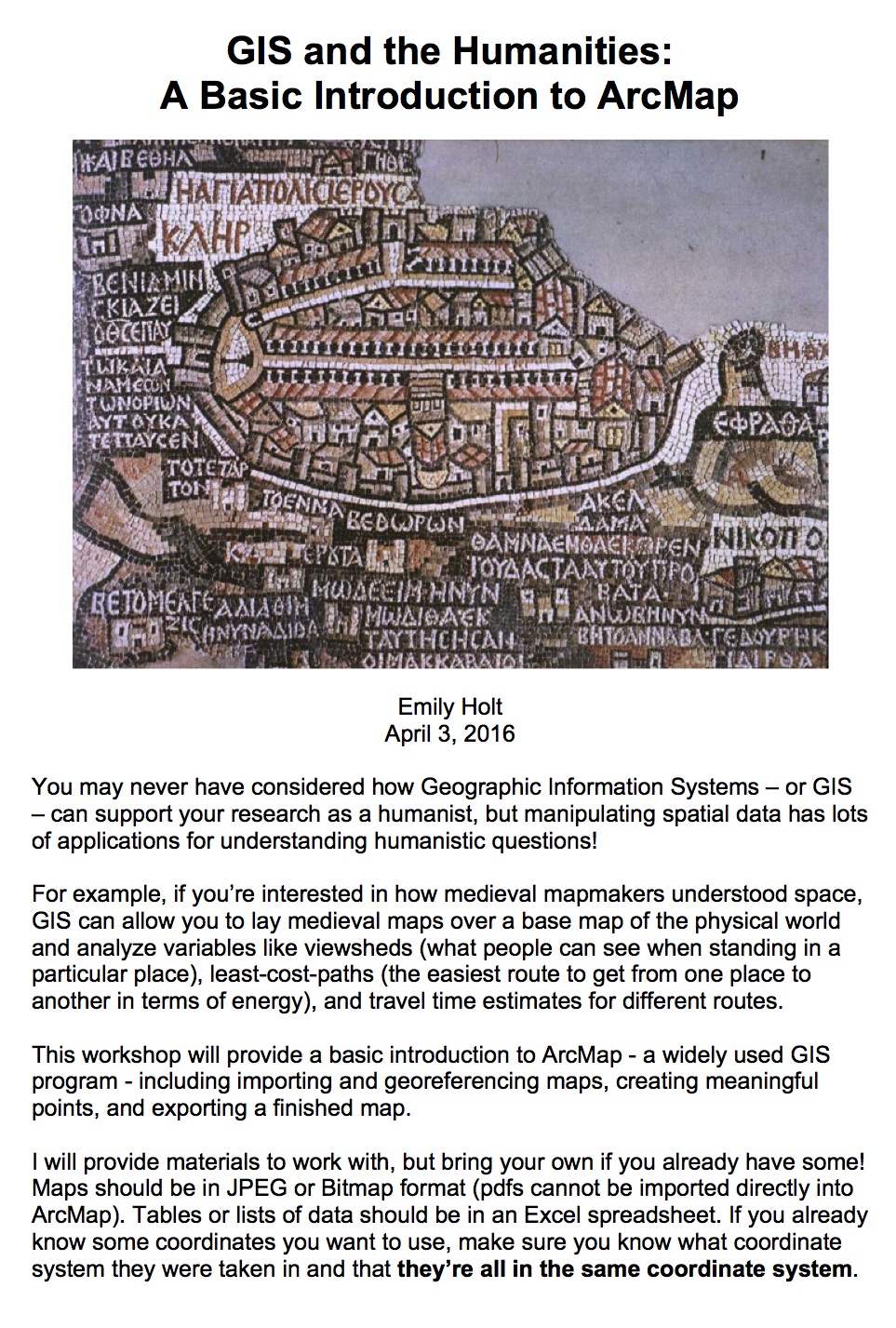Tuesday afternoon Cristanne Miller, SUNY Distinguished Professor and Edward H. Butler Professor of Literature in the University at Buffalo’s English department, gave a talk on the Marianne Moore Digital Archive. Miller, the director of the project, presented some of the first looks at the archive’s website and its significance while also speaking directly to the groundbreaking work that is being done on the archive, which contains 122 notebooks with a variety of information from reading quotations, to notes and observations on concerts Moore attended, conversations overheard at the circus, comments from her mother, and early drafts of poems. As an example of the innovative techniques being explored, the Moore Archive is currently working with the Center for Unified Bioinformatics and Sensors (CUBS) at UB to develop a handwriting recognition model that will allow for the digital reading and retrieval of the poet’s slanted handwriting in order to better organize and record the archive’s contents. The project received the 2015 IMPACT Award from the Office of the Vice President for Research and Economic Development.
Throughout her talk, Miller emphasized the changing role of the humanist in digital scholarship, which is one that requires that the keen eye and contemplative insight of the philologist be applied to the intricate networks and capacious potentialities of digital information systems. The presentation posed important and thought-provoking questions about the future of the humanities, publishing, and knowledge production in the twenty-first century. What is the digital equivalent to the university publishing system? How are projects such as the Marianne Moore Archive disseminated and used to create new avenues of interpretation and new junctures of thought? How do the systems of critical thinking and close reading fit into the increasingly digitized structures of the contemporary world? The presentation showed the necessity of thinking hard about how the humanities, always a domain of the historical, can be reimagined for the future.
As a specific and practical illustration of the Moore Archive’s philological utility, Miller demonstrated the toggling motion of the scholar as she mines the truly fascinating particulars from Marianne Moore’s notebooks in order to better understand Moore’s distinctive and confounding poetry. For example, Miller examined “The Buffalo,” first published in a 1934 edition of Poetry magazine, in relation to Moore’s drafted bits of the poem’s beginnings. By reading through the notebooks we can see some of the initial sketches of the poem’s first lines, we can see how the poem developed over time, what lines and ideas made it in to the final draft and what didn’t. In the notebooks we can track the originary traces of Moore’s verse not simply for “The Buffalo” but for a vast majority of her poems. Of course, this kind of information is invaluable not only to the Moore scholar, but to the scholar of modern poetry in general. Scrutinizing any one of the notebooks contained in Moore’s archive—currently held at the Rosenbach Museum and Library in Philadelphia, which is only open 18 hours a week to scholars—could easily prove a life-long project in itself.
Miller quoted, on several occasions, from one of Jerome McGann’s most recent books New Republic of Letters, in which he argues that “[d]igitzing the archive is not about replacing it. It’s about making it usable for the present and the future. To do what we have to understand, as best we can, how it functioned—how it made meanings—in the past.” The project of the present, McGann tells us is to “design a knowledge and information network that integrates, as seamlessly as possible, our paper-based inheritance with the emerging archive of born-digital materials” (22). With the Marianne Moore Digital Archive, Miller shows this in action.
Works Cited: McGann, Jerome. New Republic of Letters: Memory and Scholarship in the Age of Digital Reproduction. Cambridge, MA: Harvard University Press, 2014.
Brandon Boudreault — bboudrea@buffalo.edu
Check out the MMDA-hosted Workshop this Sunday!

